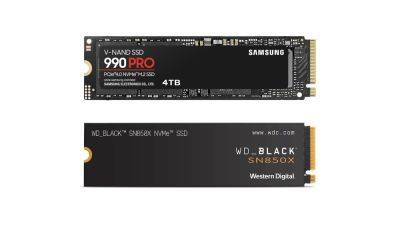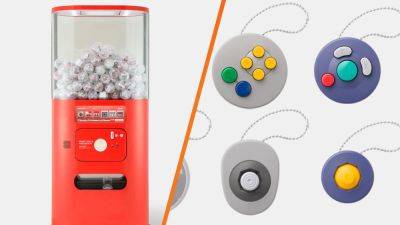SSD storage is set to use 1,000 layer memory chips by 2027, potentially offering 20 TB NVMe drives for under $300
If you could open up one of the best gaming SSDs and dig inside its chips, you'd see that the flash memory is made up of many layers, hundreds in some models. Memory chip giant Kioxia is aiming to scale this all the way up to 1,000 layers by 2027, paving the way for 20 TB SSDs that could sell for as little as $250.
As reported by Japanese tech site PC Watch (via Hot Hardware), Kioxia declared its lofty goals at this year's International Memory Workshop in Seoul. In its keynote speech to the hundreds of delegates attending the conference, Kioxia showed how 3D NAND flash, the type of memory chip that all gaming SSDs now use, has rapidly developed in recent years—the amount of storage in one square millimetre chip has grown by a factor of 10 in just eight years.
That's mostly been down to a stacking process, whereby multiple layers of memory cells are grouped together in a vertical structure; hence the 3D part in its name. Each individual layer is still relatively small, which helps to keep wafer yields high and keep them cost-effective to manufacture. This is why you can buy a fast 2 TB SSD for less than $150, something that would have been unimaginable a decade ago.
But the demand for more storage is as voracious as ever and the competition between Kioxia, Samsung, Micron, and others is really fierce, especially now that China-based flash foundries have joined the market. The only way to stand out in such a crowd is to have bigger flash memory chips that are fast and affordable.
At the moment, Kioxia's biggest flash chips have 162 layers, though 218-layer models will be coming to market very soon. Samsung threw its 1,000-layer gauntlet down earlier this year, with 2030 declared as its deadline and now with Kioxia aiming for 2027, it looks like we won't have to wait too long before we see gaming PCs playing host to some truly massive SSDs.
However, it's not a simple case of just bonding more layers to make a Jenga-like wobbling tower of NAND flash. Even just getting







